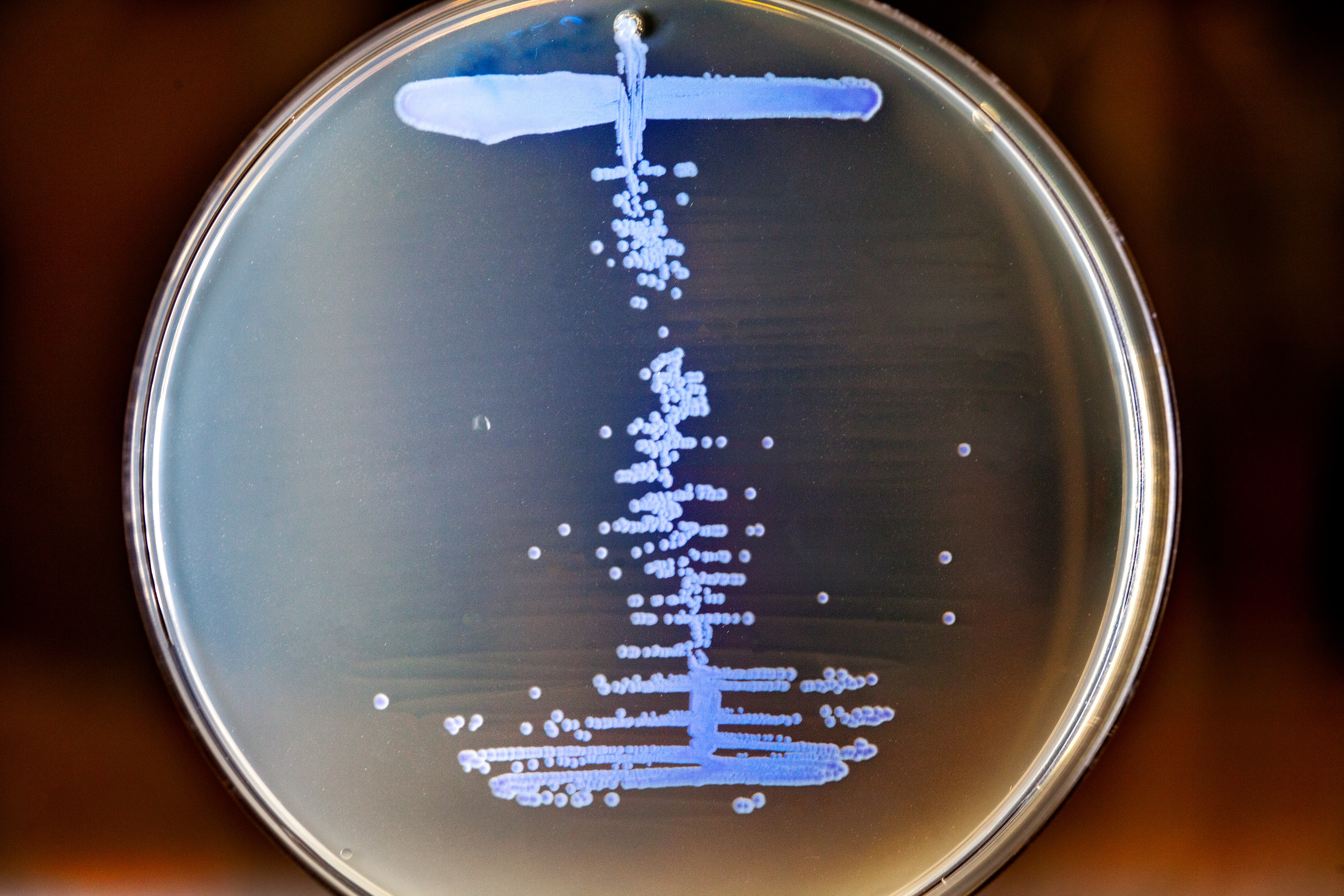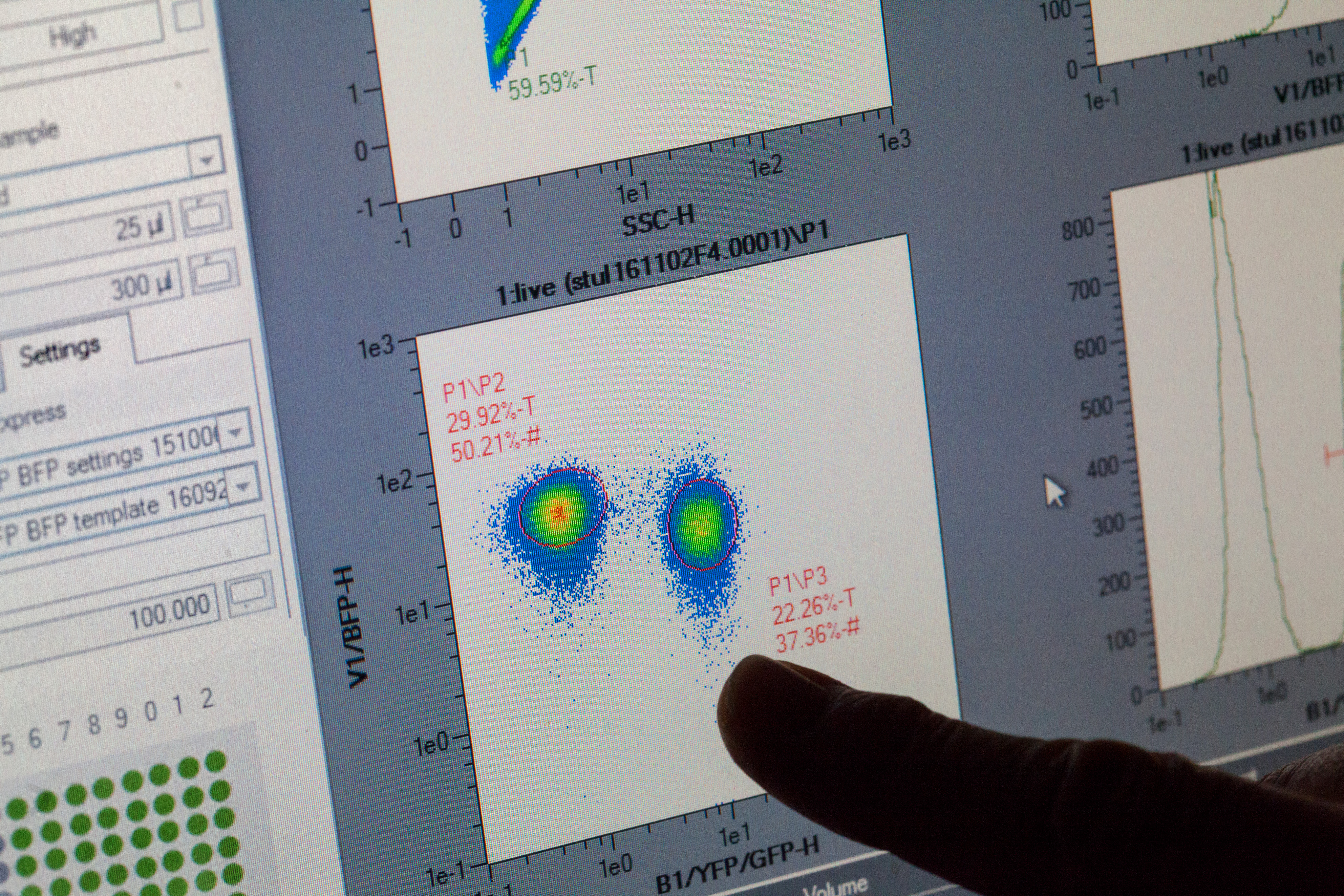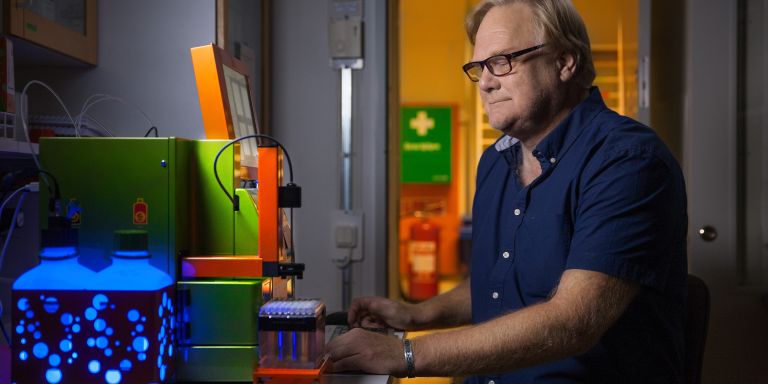
Project Grant 2015
Evolution of new genes and proteins
Principal investigator:
Dan Andersson, Professor of Medical Bacteriology
Co-investigators:
Leif Andersson
Siv Andersson
Johan Åqvist
Per Jemth
Maria Selmer
Institution:
Uppsala University
Grant in SEK:
SEK 46.7 million over five years
“Our research may ultimately play a part in the development of new therapies for diseases that are of genetic origin or are caused by viruses or bacteria, for example. But the real aim of the project is to gain a fundamental understanding of the mechanisms underlying the formation and development of new genes and proteins,” says Professor Dan I. Andersson of Uppsala University.
The team is particularly interested in two types of mechanism: when new genes with new functions form from existing genes, and the evolution of new genes and proteins from random DNA sequences that do not resemble existing genes and proteins in any way.
The first mechanism is called the “duplication-divergence” model. It describes how a gene that codes for a protein or a peptide with a primary function A, but also for a weak secondary function B, may evolve into two separate genes. If the secondary function B is of value to the cell, the gene may be duplicated, and after mutations have occurred in one of the copies so that the B function is improved, the cell has two copies of the gene – one that performs the A function well, and one that performs the B function well. This is a standard model for how a new gene is created that is well described in natural systems.
“My research team has already been working on the duplication-divergence model for ten years, and we will now continue this work to gain a better understanding of the details. We are fairly sure that this part of the project will yield results.”
But what Professor Andersson is most enthusiastic about is the other type of mechanism, i.e. the evolution of new genes and proteins from random DNA sequences. It is fairly easy to see that when something already exists, i.e. a gene that codes for a protein with a given function, it can be modified, thereby acquiring a new function. But how is the step made from “nothing”, i.e. random DNA sequences, to a function conferring a slight advantage, and thereby able to be improved by natural selection?
“For me this question lies at the heart of the project, and is one of the Holy Grail questions of evolutionary biology. Right now, no-one has any idea how it works. And this part of the project is riskier, since it is not certain we will find any random peptides capable of developing into real, functional enzymes.”

Giant library
The researchers will be conducting evolutionary experiments in the laboratory, combined with structure and function studies, and bioinformatic methods to analyze how new genes are created in real time in living organisms such as bacteria. Their raw materials will include a huge library containing some 100 billion random gene sequences. From this material they will attempt to first identify sequences that have a biological function. The ones they find will then be further examined in terms of their structure and function.
“We take random gene sequences put them on a plasmid, overexpress them, and then study whether they give the bacterium a phenotype, i.e. a specific property. For example can they save mutants incapable of making certain amino acids or other things they need?”
One assumption made by the researchers is that these small differences in activities are not as rare as has been thought, but rather variants offering a small biological function that can then evolve to become better and better are relatively common. On this basis, the researchers can then ask numerous questions, such as: “Are there many evolutionary paths leading to a correct, normal enzyme?” “Or is the potential limited, i.e. evolution follows only certain pathways?”

Interdisciplinary research team
The researchers involved in the project come from very different backgrounds: three research leaders are biologists; one is a structural biologist, one is a biochemist, and one is a computational chemist. Professor Andersson thinks that the combined expertise of the team is the project’s great strength.
“I think we have put together a truly fantastic team in this project. Together we have the capacity to understand in detail how new genes and new functional proteins are created and evolve. The team also works really well together. And we are based close to one another at Uppsala Biomedical Centre, which is a great advantage.”
Why is this research so interesting?
“It’s the feeling of being first. As far as I know, no-one has ever tried out this approach on such a large scale – or no-one has published findings from any such study at any rate. And this project concerns the most fundamental research question I have addressed in my career.”
Text Anders Esselin
Translation Maxwell Arding
Photos Magnus Bergström
Glossary
Peptides are molecules made up of chains of amino acids. They differ from proteins in their smaller size. The dividing line between a peptide and a protein is usually drawn at about 50 amino acids.
Enzymes are proteins that affect the rate of chemical reactions in one way or another.
Plasmids are circular DNA molecules with a relatively small number of genes that are found in bacteria.
More about Dan I. Andersson's research
New rapid testing – a promising weapon in the battle against antibiotic resistance



